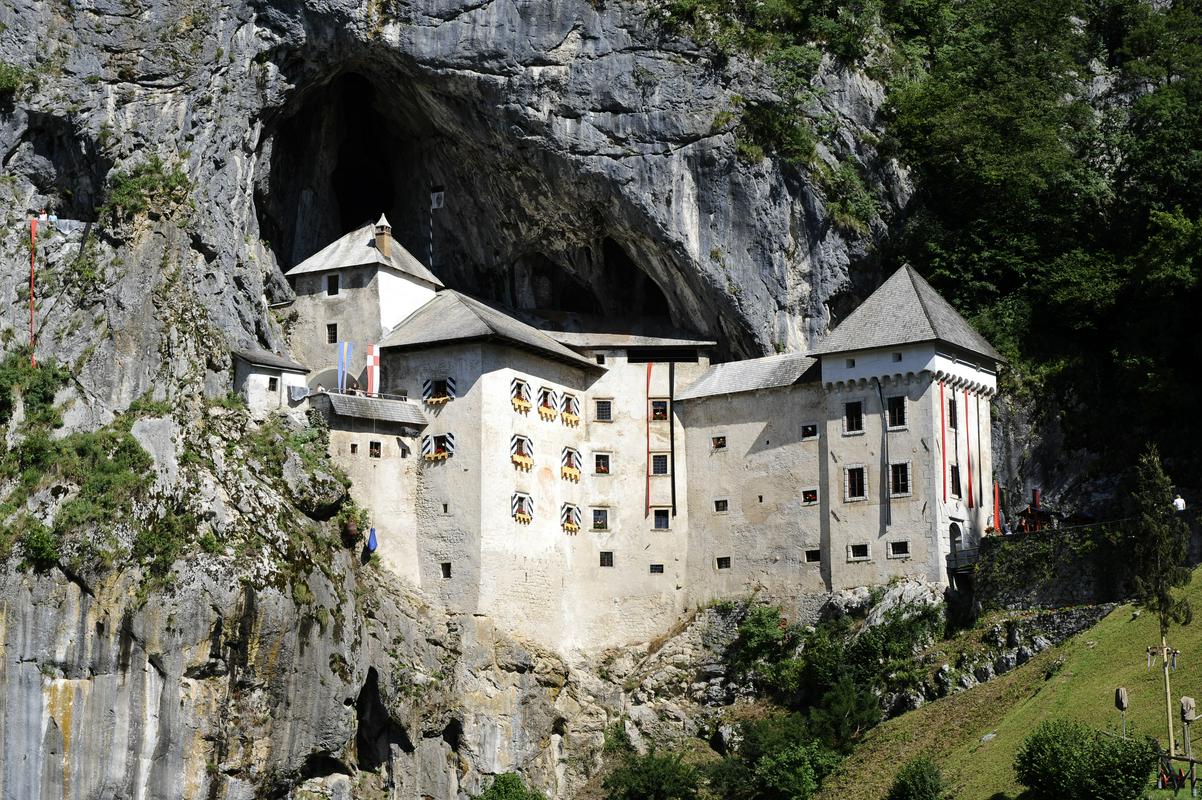
The collections are housed in Stara Dama (“The Old Lady”), a building overlooking the medieval castle. The first collection focuses on World War I, specifically the Isonzo Front, which cut across what is now the western part of Slovenia. Visitors first pass through mockups of the headquarters used by the generals commanding the two sides. They then enter an exhibition of weapons and other equipment collected over the years by a local enthusiast named Marko Bajc.
The museum also introduces visitors to a more personal side of the war. They can learn about the life of ordinary soldiers by reading letters written by young men in the trenches. A mockup of the living quarters used by the soldiers recreates the frightening, often hellish conditions of the conflict. Other parts of the exhibition take visitors deep into the trenches and allow them to learn a blacksmith shop set up near the frontlines.
Stara Dama’s other collection focuses on hunting. A large part is devoted to the uniquely Slovenian tradition of dormouse trapping. For generations, the small rodents have been trapped in this part of Slovenia and then eaten – a delicacy that dates to the Roman era. The collection also includes other trapping and hunting equipment, including an impressive collection of old guns. But the museum also takes a broader view of life in the Slovenian forests and shows visitors how wildlife has coexisted with humans for centuries.
The two collections at the Stara Dama Museum may seem different, but hunting and World War I have both shaped the destiny of thousands in the Slovenian Lands – and left a strong mark on both Slovenian history and the national character.

































































